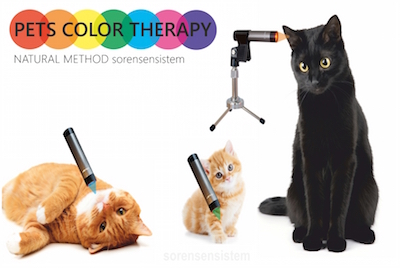Canine Reflexology and other types of massage for dogs (and cats)
A massage helps to activate the self-healing powers, whereby the regeneration is promoted. Depending on the application various forms of massage are used. Below you can read al about canine reflexology and other helpful massage techniques that, in most cases, can also be applied on cats.
Manual massage
The manual massage is the oldest form of treatment. The massage can soothe and relax. The the other hand it can also stimulate and dynamize.
With the hands, special techniques are carried out, stroking, kneading, vibrating, knocking.
Through the massage the blood circulation is promoted, it improves tissue oxygenation, also loosenes or tones the muscles. Pain is being relieved adhesions are being released. Through direct contact, the dog or the cat relaxes mentally. In the process the life functions such as breathing, the cardiovascular system and digestive processes normalize.
Manual techniques are used when stronger structural blockages occur, such as in articulated traction to loosen the bonded joint capsules or the gentle loosening of vertebral blockages or blockages of the hip joint, iliosacral joint.
Passive mobilization
In rehabilitation, the massage takes place after surgery, joint pain, lameness, injuries, muscle tension and scarring e.g after knee surgery.
The passive exercise therapy is the movement of the diseased joints without the animal’s active participation and serves as a preparation for further therapeutic measires. During a passive motion therapy hardened, scar tissues around joints are gently being stretched and mobilized through save range of motion, after they were heated with therapeutic ultrasound.
Active mobilization
The active mobilization calls for a strong collaborations of the animal. In an exercise parcour the animals learn specific movements and coordination. The joints are actively flexed and extended; the proprioception and balance are trained.
The biggest challenge to the entire body is the underwater treadmill. During this process a variety of desired therapeutic goals are achieved at the same time .
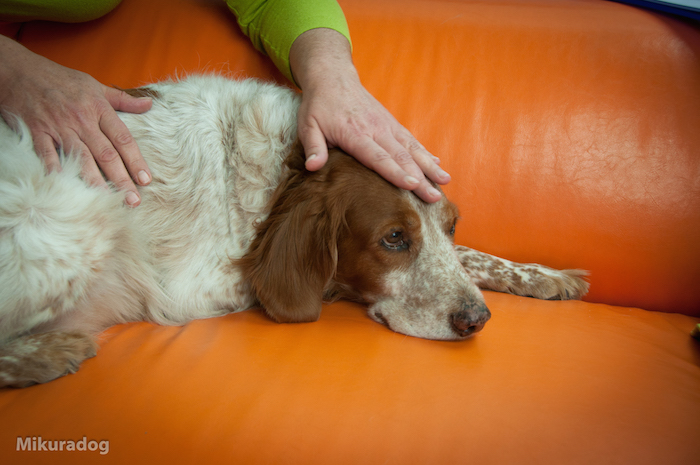 Trigger point massage
Trigger point massage
The trigger point massage is a special massage for tension and pain. It´s performed on known pain points in the musculature or near the joint.
Lymphatic Drainage
A massage can be applied specifically as a lymphatic drainage also in animals, where congestion edemas are being removed and subsequently the oxygenation of tissues is promoted. It is carried out along the lymph vessels and associated tissue.
In neurological diseases special massage techniques are used, which stimulate reflexology points. The stimulation of the meridians is a form of neuro-massage which can be applied using small objects such as balls or brass pin.
Externally, reflex points of nerve nuclei in the spinal cord are stimulated manually; e.g. animals with complete paralysis of the hind limbs after disc surgery.
Relaxation massage
For working dogs, sporting dogs and older dogs a targeted relaxing massage promotes wellbeing and increases the quality of life. In this case we use a manual therapy and trigger point massage.

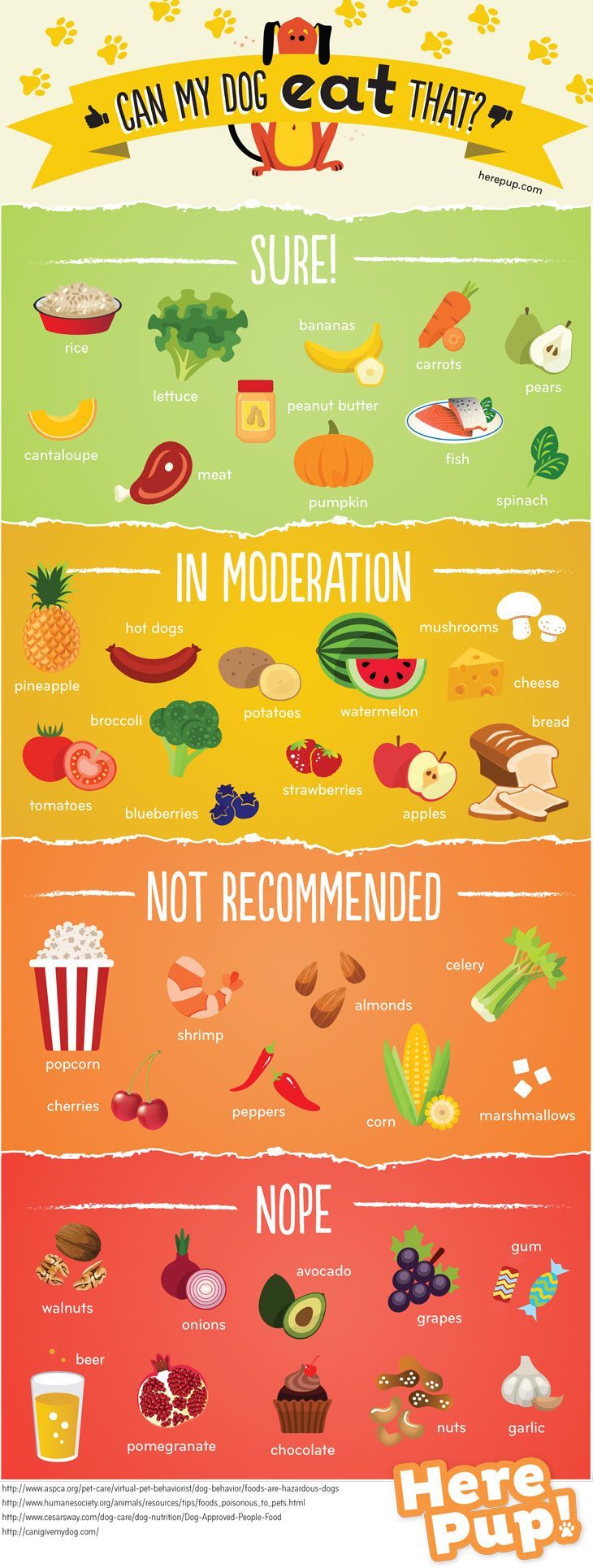


 Recently, I got an email from a dog owner. His favorite four-legged friend was suffering from various inflammatory and degenerative musculoskeletal disorders which were treated with painkillers for a long time, after which the animal had suffered a perforation. The man knew his dog´s illness very well and was super informed. He reported that his family had already tried everything and asked me now, if I had any idea of what to do.
Recently, I got an email from a dog owner. His favorite four-legged friend was suffering from various inflammatory and degenerative musculoskeletal disorders which were treated with painkillers for a long time, after which the animal had suffered a perforation. The man knew his dog´s illness very well and was super informed. He reported that his family had already tried everything and asked me now, if I had any idea of what to do.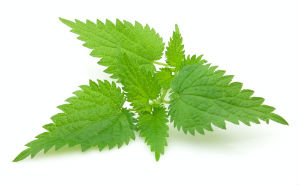 The NSAID or NSAP only fight the symptoms. They inhibit pain transmission and inflammation. According to studies, plants can do more than that. And so we’ll get to another herbal painkiller and anti-inflammatory that is often underestimated or not detected: the nettle. Several studies showed that the nettle does not only have analgesic and anti-inflammatory effects, but also engages directly in the inflammatory process. How does it do it? It inhibits cytokines. These are the body’s own messengers that, in a complex sequence of events such as the attack of cartilage, lead to inflammation. Thus, there is direct intervention in the pathological event. Therefore, the nettle is not only a herbal painkiller and anti-inflammatories in the acute stage for horses, dogs and cats, but also a wonderful prophylaxis agents for example, Osteoarthritis predisposed animals in the early stages, etc.
The NSAID or NSAP only fight the symptoms. They inhibit pain transmission and inflammation. According to studies, plants can do more than that. And so we’ll get to another herbal painkiller and anti-inflammatory that is often underestimated or not detected: the nettle. Several studies showed that the nettle does not only have analgesic and anti-inflammatory effects, but also engages directly in the inflammatory process. How does it do it? It inhibits cytokines. These are the body’s own messengers that, in a complex sequence of events such as the attack of cartilage, lead to inflammation. Thus, there is direct intervention in the pathological event. Therefore, the nettle is not only a herbal painkiller and anti-inflammatories in the acute stage for horses, dogs and cats, but also a wonderful prophylaxis agents for example, Osteoarthritis predisposed animals in the early stages, etc. Yes, the poor cats are somewhat at a disadvantage as opposed to horses and dogs in terms of herbal painkillers. Because of their
Yes, the poor cats are somewhat at a disadvantage as opposed to horses and dogs in terms of herbal painkillers. Because of their 
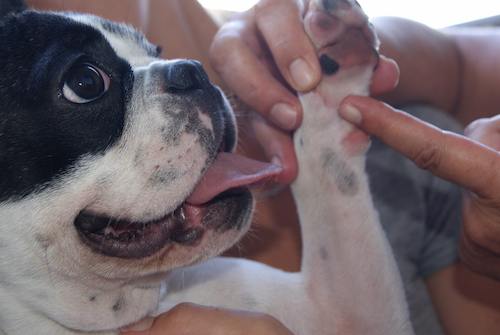 In horses, dogs and cats the most effective reflexology areas are on the head, paws and ears. Only these parts of the body have nerve endings which are sufficiently pronounced. The brain and spinal cord (= energy source) are the main switching areas for energy changes. Here all of the organ zones are displayed and can be treated with the reflexology. Each disease is an energy flow disturbance. With animal reflexology the energy flow is stimulated and thus activates the self-healing power.
In horses, dogs and cats the most effective reflexology areas are on the head, paws and ears. Only these parts of the body have nerve endings which are sufficiently pronounced. The brain and spinal cord (= energy source) are the main switching areas for energy changes. Here all of the organ zones are displayed and can be treated with the reflexology. Each disease is an energy flow disturbance. With animal reflexology the energy flow is stimulated and thus activates the self-healing power.
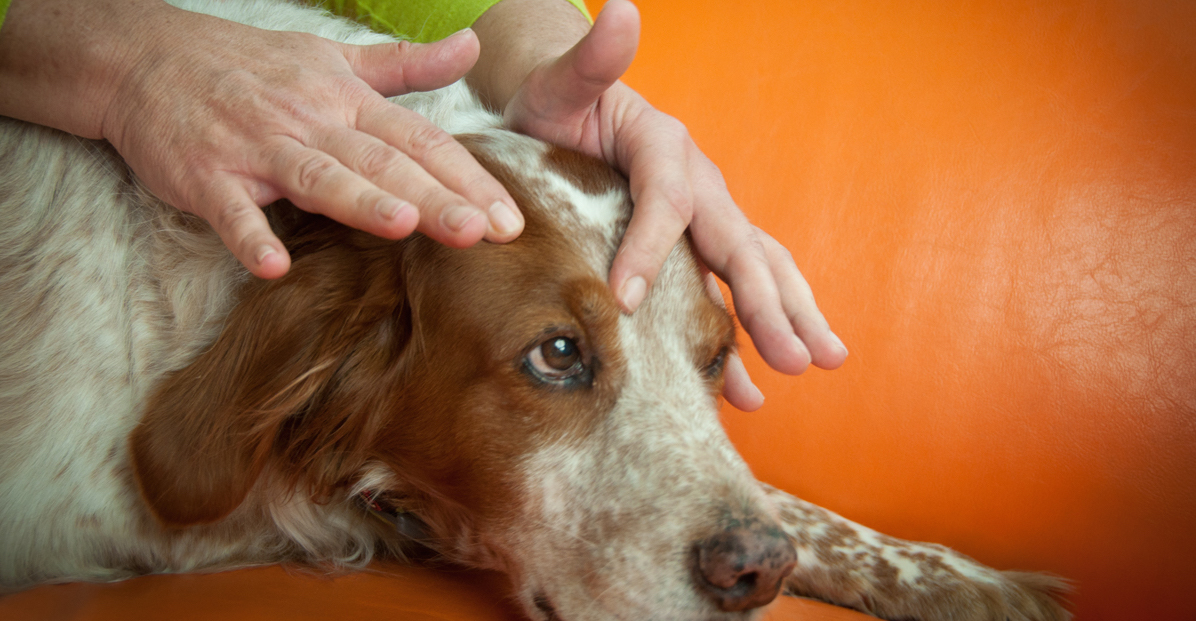
 Trigger point massage
Trigger point massage
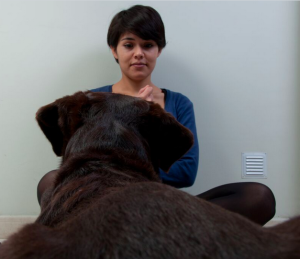



 The food contains a reduced proportion of carbohydrates, to not supply additional energy to the tumor, while the fat and protein content is increased, so that the body reserves can be replenished. By adding omega-3 fatty acid and the amino acid arginine immune function is increased and the depletion can be counteracted. The lining is only available as canned food and only for dogs and can be given during the entire lifetime of a dog with cancer. However, it has no preventive function, so is not suitable for healthy dogs that should be fed natural and organic dog food.
The food contains a reduced proportion of carbohydrates, to not supply additional energy to the tumor, while the fat and protein content is increased, so that the body reserves can be replenished. By adding omega-3 fatty acid and the amino acid arginine immune function is increased and the depletion can be counteracted. The lining is only available as canned food and only for dogs and can be given during the entire lifetime of a dog with cancer. However, it has no preventive function, so is not suitable for healthy dogs that should be fed natural and organic dog food.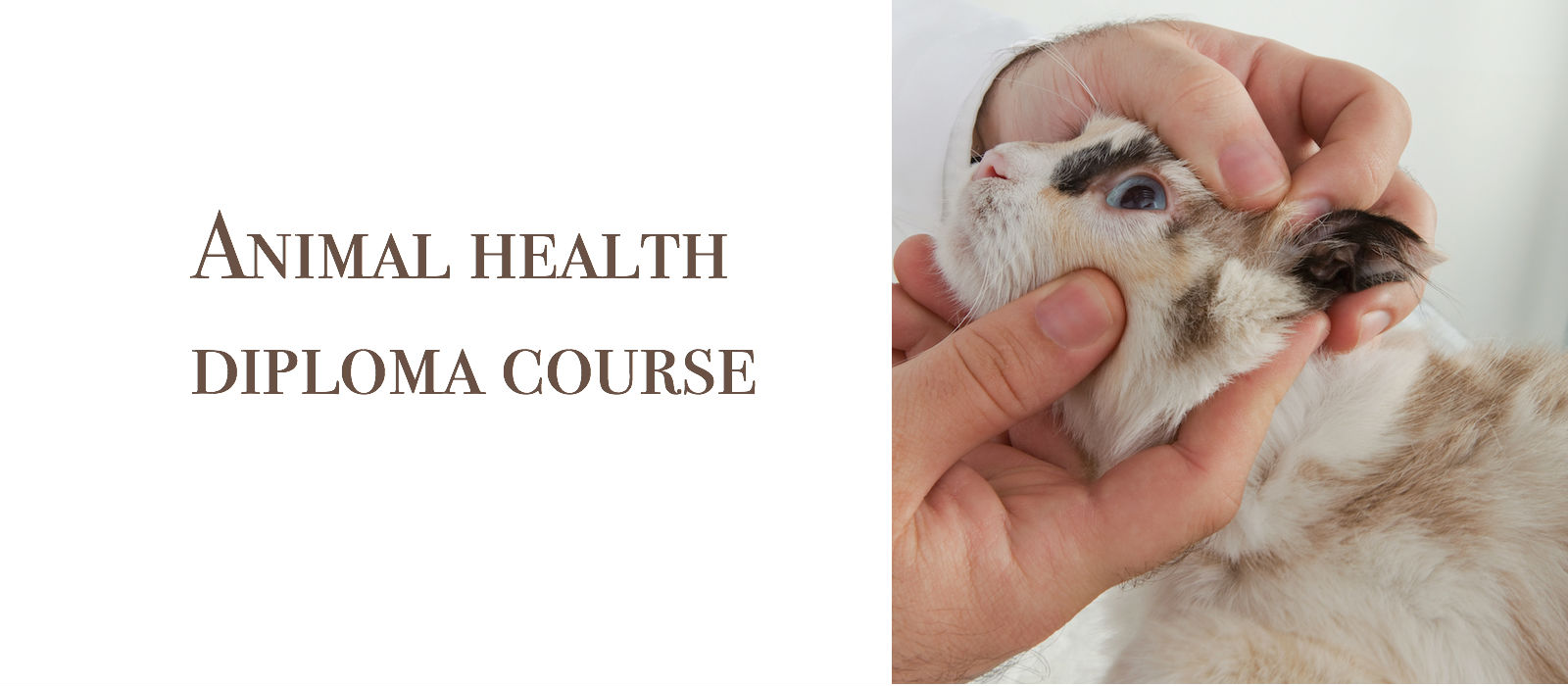
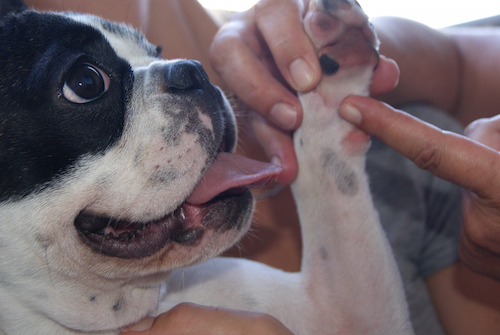

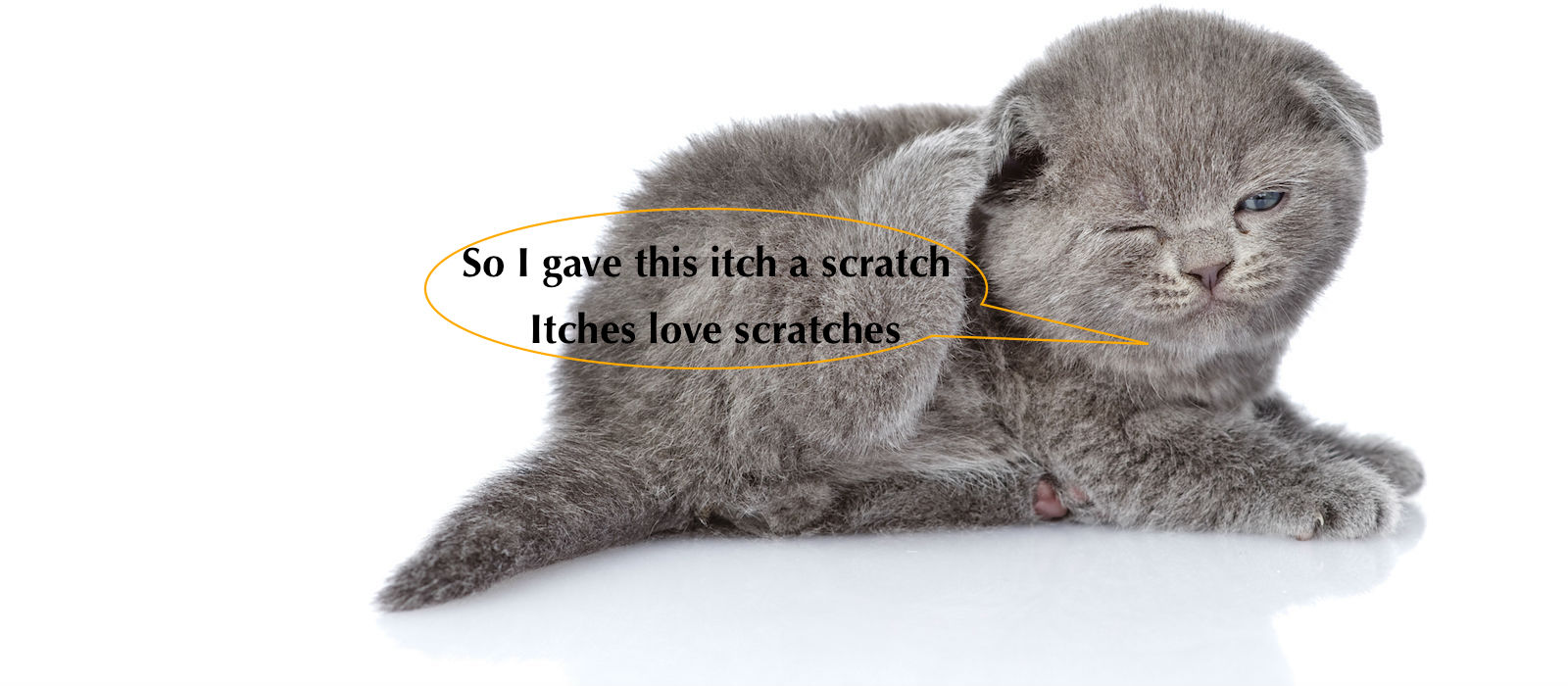
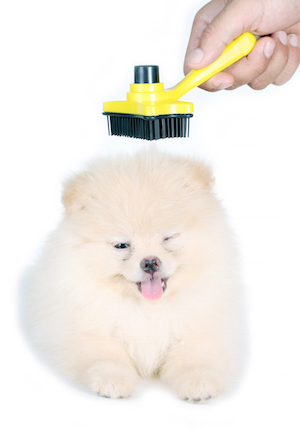
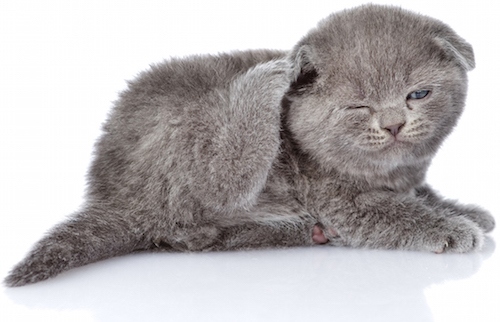 Find and fight the cause of dry skin in dogs, cats and horses. Sometimes dry skin is caused by the infestation of parasites. For example if you find dry skin on the ears of your pet, he probably has mites. This causes the itching and the associated dry skin. Dip a cotton ball in mineral oil and spread it on the infected area to get rid of the mites.
Find and fight the cause of dry skin in dogs, cats and horses. Sometimes dry skin is caused by the infestation of parasites. For example if you find dry skin on the ears of your pet, he probably has mites. This causes the itching and the associated dry skin. Dip a cotton ball in mineral oil and spread it on the infected area to get rid of the mites.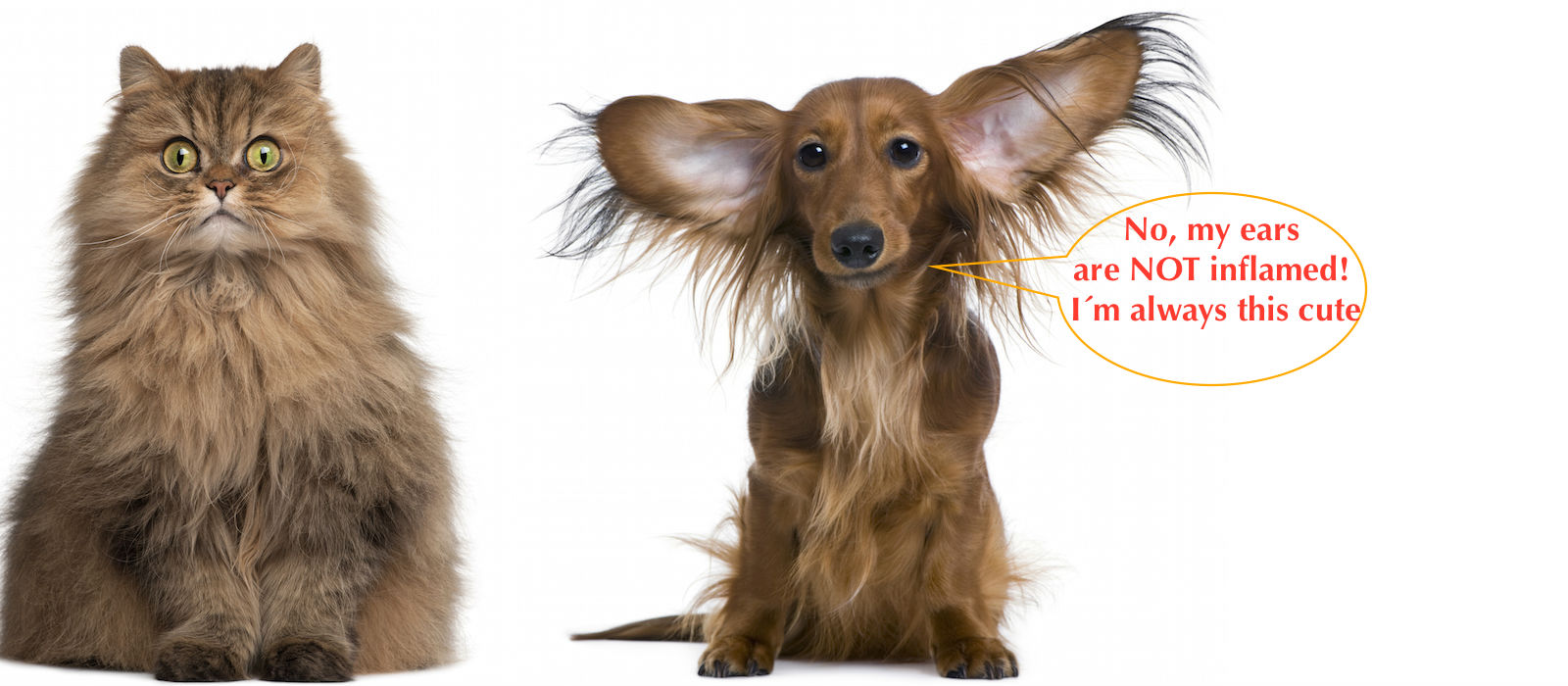
 • In dogs with drooping ears or ears that are almost fully covered by a lot of hair, the ears can not be well ventilated. That is why these animals have an increased chance of getting an ear infection. If you can remove the hair on a regular basis, you reduce this risk.
• In dogs with drooping ears or ears that are almost fully covered by a lot of hair, the ears can not be well ventilated. That is why these animals have an increased chance of getting an ear infection. If you can remove the hair on a regular basis, you reduce this risk. Colloidal silver is used in the form of drops and ointments as an alternative to chemical antibiotics. Especially in the control of bacteria, viruses, parasites and fungi it has been found to be very effective.
Colloidal silver is used in the form of drops and ointments as an alternative to chemical antibiotics. Especially in the control of bacteria, viruses, parasites and fungi it has been found to be very effective.